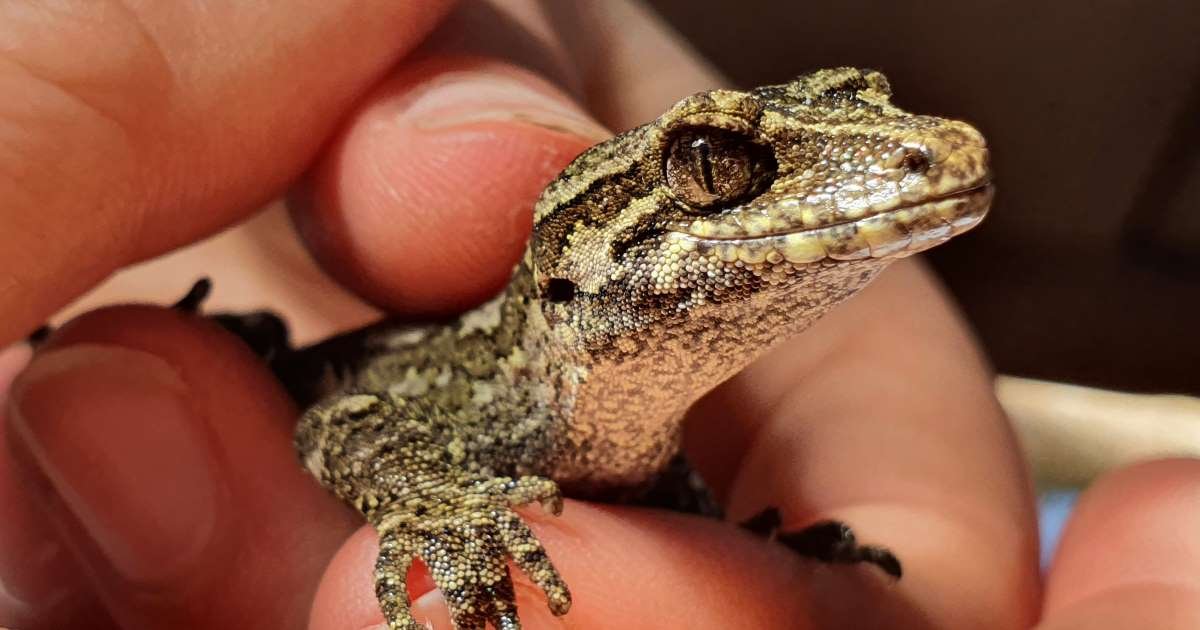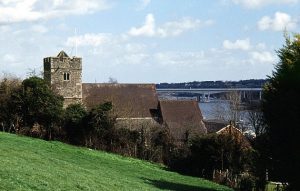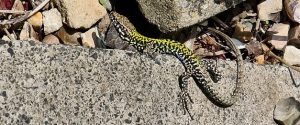Non-native wall lizards should be the least of our concerns amidst this pandemic, but the lizards have been appearing in plethora in the seashore towns of Kent this season, and people have been noticing them too much for their comfort.
Protected in mainland Europe, these lizards grow up to eight inches in length. They are thriving in Kent because of the warmer weather with the temperaments very stable. Hence, they have been most observed in the southern parts of the UK. Their history might have been started by Victorian collectors, by either letting them go or the lizards escaping by themselves.
Albert Marshall, 70, have testified in front of the media that these lizards are now are able to observed through plain eyesight.
Mr Marshall said: ‘I have never seen so many lizards. I’m not sure if it’s the weather causing it. These don’t seem to be as scared as the native lizards. They do run away though. One of my neighbours has got them as well so it seems Charles Drive is getting quite a few of them.
I must admit, I have only noticed them this year and they don’t bother me.’
The elderly resident posted his discoveries on Facebook, and the surprising algorithms of the social media platform led him to other observers, surprising him to some extent.
These lizards were resident not only in Kent but elsewhere, also in plethora. The species have been in Folkestone – more than 40 miles from Cuxton – for over 30 years after it is believed they were illegally dumped by a pet shop owner.
Neighbours in Cuxton said they have also seen the species, with one giving them water on a spoon when she sees them.
Another village resident said: ‘We have seen it on the steps up to our path during the hot spell that we recently had. Nice to see the different varieties of animals now beginning to appear.’
Animal experts debate whether the reptile has a harmful impact on the UK’s native species of lizard. The non-native wall lizard tends to have a more rounded snout and eyes higher on the head giving it the appearance of a small alligator with a vivid green back and a very long tail. They can grow up to 23cm (nine inches) long with a longer tail to body ratio and can be seen with black spots, mottling or stripes.
If you liked this article, please LIKE SHARE AND COMMENT below! And don’t forget to check our other articles along the way!
Replaced!





